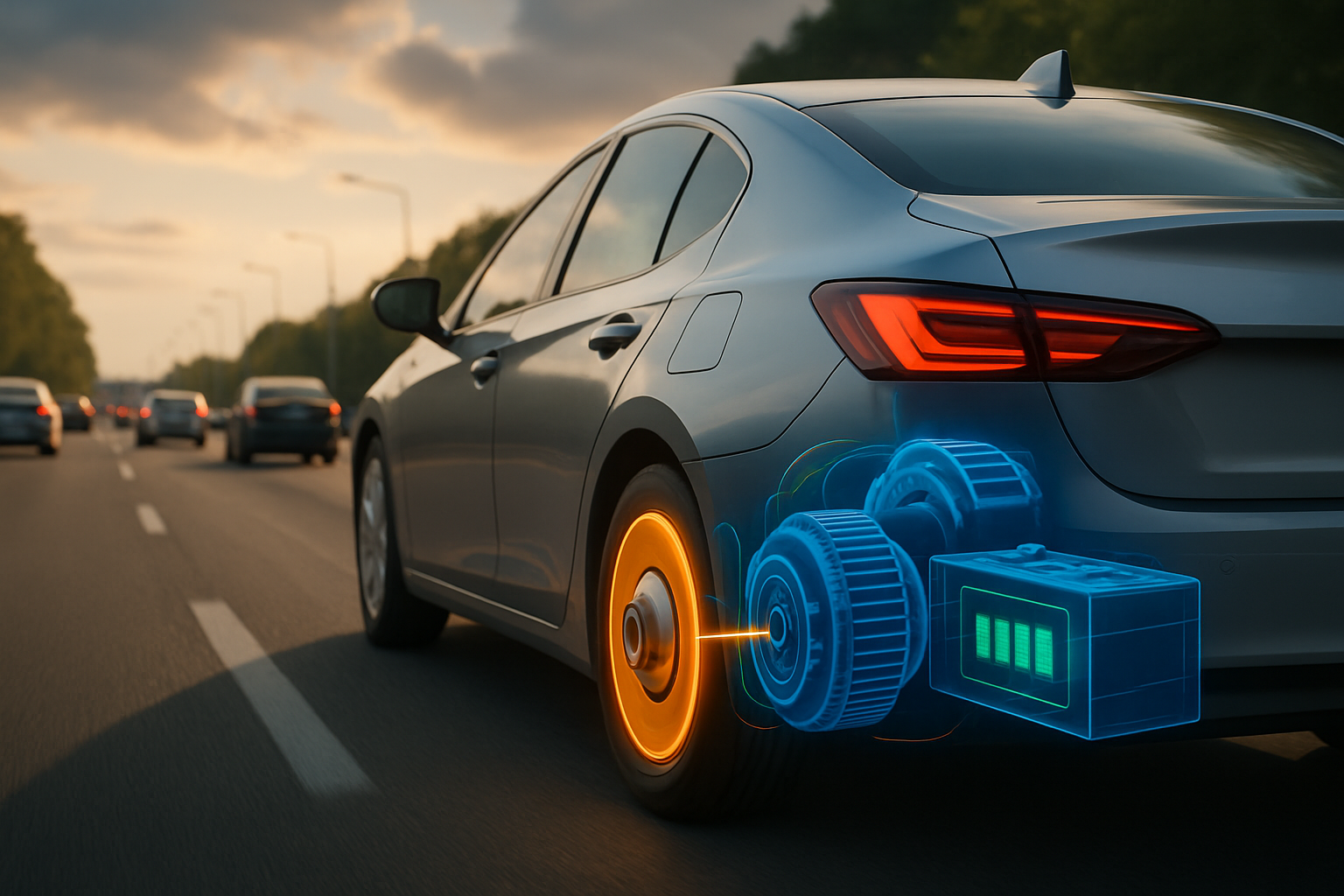The Untapped Potential of Magnetic Levitation in Cars
Imagine gliding down the highway, your vehicle hovering inches above the road surface, free from the friction and vibrations of traditional wheeled transport. This isn't science fiction – it's the promise of magnetic levitation technology applied to automobiles. While maglev trains have captured public imagination, the potential for this revolutionary technology in personal vehicles remains largely unexplored. Let's dive into the world of automotive magnetic levitation and uncover its fascinating possibilities.

In a maglev system, electromagnets on the vehicle interact with a guideway containing a series of magnets. By controlling the strength and polarity of these electromagnets, the vehicle can be lifted, propelled, and guided with precision. This technology eliminates the need for wheels, axles, and traditional propulsion systems, offering a host of potential benefits for automotive applications.
The Advantages of Maglev Cars
The application of magnetic levitation to automobiles could revolutionize personal transportation. Without the constraints of wheel-to-road contact, maglev cars could achieve significantly higher speeds while consuming less energy. The absence of moving parts in the propulsion system would dramatically reduce wear and tear, potentially extending vehicle lifespans and decreasing maintenance costs.
Moreover, the frictionless nature of maglev propulsion could lead to unprecedented energy efficiency. With no resistance from road contact, these vehicles could maintain high speeds with minimal energy input, potentially transforming long-distance travel. The smooth, vibration-free ride would also enhance passenger comfort, making lengthy journeys more pleasant and less fatiguing.
Technical Challenges and Solutions
Implementing maglev technology in personal vehicles presents several technical hurdles. Unlike trains that follow a fixed guideway, cars need the flexibility to navigate various road types and conditions. Researchers are exploring adaptive maglev systems that can adjust to different surfaces and even switch between levitation and conventional wheel-based operation as needed.
Power supply is another critical challenge. Maglev systems require a constant source of electricity to maintain levitation and propulsion. Advanced battery technologies, coupled with wireless charging systems embedded in road infrastructure, could provide the necessary energy. Some proposals even suggest using the vehicle’s motion to generate electricity through induction, creating a partially self-sustaining system.
Infrastructure and Implementation
The widespread adoption of maglev cars would necessitate significant changes to road infrastructure. Specially designed highways with embedded magnetic tracks would be required for full maglev operation. While this represents a substantial investment, the potential benefits in terms of increased road capacity, reduced maintenance costs, and improved safety could justify the expense over time.
Urban planners and transportation experts are already considering how maglev technology could reshape city design. Dedicated maglev lanes could alleviate traffic congestion, while the reduced noise and emissions from these vehicles could make dense urban areas more livable. The integration of maglev systems with smart city technologies could lead to highly efficient, automated traffic management.
Environmental Impact and Sustainability
Maglev cars have the potential to significantly reduce the environmental impact of personal transportation. The high energy efficiency and lack of direct emissions could dramatically decrease the carbon footprint of automotive travel. Additionally, the reduced need for petroleum-based lubricants and the longer lifespan of maglev vehicles could lower the overall resource consumption of the automotive industry.
However, the environmental costs of building and maintaining maglev infrastructure must be carefully considered. The production of powerful electromagnets often requires rare earth elements, which have their own environmental and ethical concerns. Balancing these factors will be crucial in determining the overall sustainability of maglev automotive technology.
The Future of Automotive Maglev
While widespread adoption of maglev cars may still be years away, ongoing research and development are bringing this technology closer to reality. Several automotive manufacturers and tech companies are investing in maglev prototypes, exploring ways to overcome the current limitations and bring this revolutionary mode of transport to the mass market.
As battery technology improves and materials science advances, the feasibility of maglev cars continues to increase. The integration of artificial intelligence and advanced sensors could further enhance the capabilities of these vehicles, enabling them to navigate complex urban environments and interact seamlessly with conventional traffic.
The potential impact of maglev technology extends beyond personal transportation. Freight transport, public transit, and even recreational vehicles could all be transformed by this frictionless propulsion method. As we look to the future of mobility, magnetic levitation stands out as a technology with the potential to redefine our relationship with the automobile and reshape the very fabric of our transportation infrastructure.
In conclusion, while significant challenges remain, the promise of magnetic levitation in automobiles offers an exciting glimpse into a future where personal transportation is faster, cleaner, and more efficient than ever before. As research progresses and technology evolves, we may find ourselves on the cusp of a new era in automotive history – one where the dream of floating cars becomes a tangible reality.





